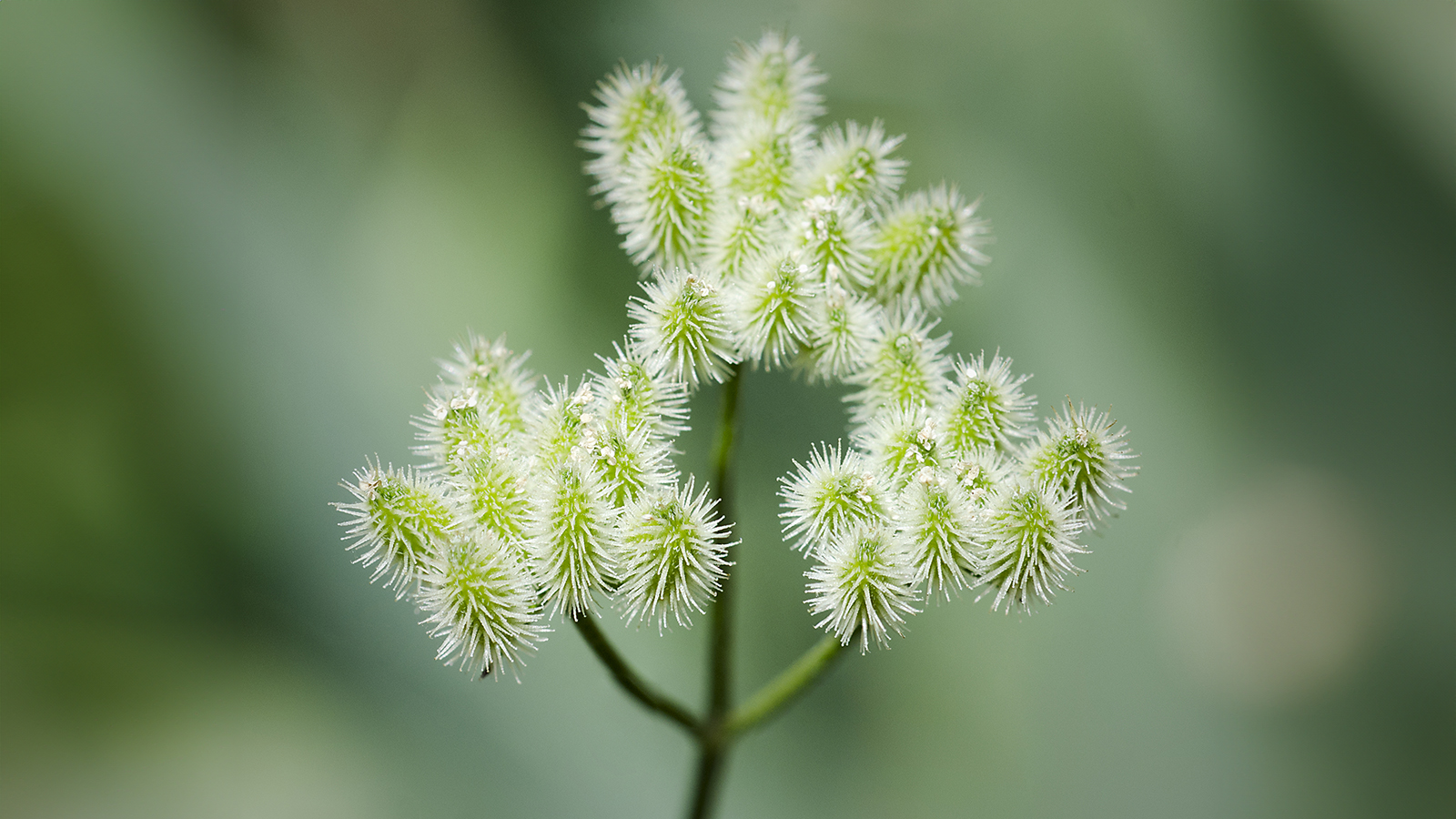Hedge Parsley Control: How to Identify and Manage This Invasive Weed
Don't let hedge parsley take over. Recognize this invasive weed and learn the best management techniques for your garden.


Hedge parsley is an invasive weed that can grow in a variety of conditions. It is a nuisance not only for its vigorous growth, but also because it produces bur-like seeds that stick to clothing and animal fur. Reading up on hedge parsley information will help you learn how to recognize and manage it in your garden or small farm. Let’s learn more about hedge parsley control.
What is Hedge Parsley?
Hedge parsley (Torilis arvensis), also known as spreading hedge parsley, is a type of weed that is native to southern Europe and thrives in many parts of the U.S. It tends to grow in pastures and fields, on the edges of forests, and in disturbed sites, like roadsides and gardens. The hedge parsley weed grows about 2 feet (61 cm) tall and has toothed, fern-like leaves and narrow, rounded stems. The stems and leaves are covered with short, white hairs. It produces a cluster of small white flowers. The plants reseed easily and form large, spreading clumps.

Hedge Parsley Control
This weed can be a real nuisance because it can outgrow a lot of other plants. It will thrive in a range of soils and, while it prefers full sun, it can still grow well in shade. The burs are also a nuisance and can even harm animals when they stick to ears and nostrils or around the eyes.
You can manage hedge parsley weeds in your garden or pasture fields by hand-pulling the plants. This is an effective, though time-consuming, method of control and is best done in spring before the plants have flowered and while the soil is still soft enough to make pulling easier. Mowing them down before the seeds develop can also help, although it will not totally eliminate the weeds.
If you have grazing animals, they can eat hedge parsley. Grazing before flowering can be an effective control method.
There are also several herbicides that will kill hedge parsley if you are interested in a chemical control method. A local garden center or nursery can help you choose a pesticide and guide you in how to use it correctly and safely.
Note: Chemical control should only be used as a last resort, as organic approaches are more environmentally friendly.
Sign up for the Gardening Know How newsletter today and receive a free copy of our e-book "How to Grow Delicious Tomatoes".

Mary Ellen Ellis has been gardening for over 20 years. With degrees in Chemistry and Biology, Mary Ellen's specialties are flowers, native plants, and herbs.